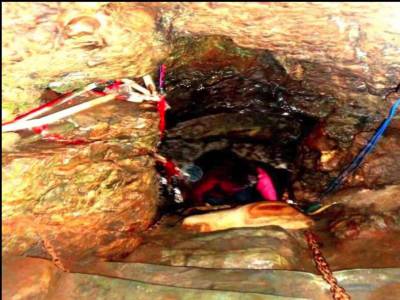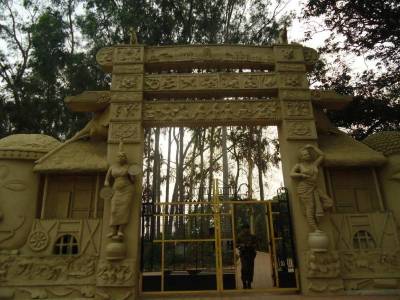
Suryapet Tourism
Formerly known as Nalgonda, Suryapet district was carved out of it. Along with all the surrounding districts and the state of Andhra Pradesh, the district is also bordered by Yadadri, Khammam, Hanamkonda, and Mahabubabad. It has 23 mandals and 2 revenue divisions - Suryapet and Kodad. Suryapet is the district headquarters.
History records Suryapet as a hotbed of the anti-Razakar movement during the Telangana Armed Struggle. In recent years, the cement industry in Suryapet has flourished. It has a large area of Krishna basin, runs quite a bit of agriculture, and is heavily reliant on irrigation from the Nagarjuna Sagar left canal.
There are many Shivaite temples in Suryapet that date back to the Kakaitya era and serve as testaments to the area's glorious past. A thousand-year-old temple in Pillalamarri, Chennakeshava, is at the heart of these attractions, drawing an innumerable number of tourists every year.
Phanigiri is a historically and archaeologically important site in the Suryapet district. The complex is also called Buddha Vihara and it is a Buddhist monastic complex. In Phangiri, there was a Buddhist monastery about 2000 years ago. From its shape resembling the snake's hood, Phanigiri earned its name.
A major crossroads is Suryapet town. In between the capital city of Telangana, Hyderabad, and Andhra Pradesh's capital, Vijayawada, this city lies on the National Highway 65. There are many major cities, towns, and villages served by TSRTC buses from Suryapet. Other important towns in the district are Kodad and Huzurnagar, which are located on national highways.
Places to Visit in Suryapet
 0 reviews
0 reviews
Phanigiri Buddhist Site
Phanigiri, a Buddhist site located in Suryapet (a district in Telangana), is one of the oldest Buddhist sites in the state of Telangana where the footprints of Gautam Buddha were said to be found. The site is still being excavated by archaeologists.
read more...Most Rated Destinations



Rani Ki Vav
- /
- 5

Nidhivan
- /
- 4

Sidhbali Temple
- /
- 4


Jageshwar Dham
- /
- 3


Arwah Cave
- /
- 3

Heritage Park
- /
- 3

Dol Ashram
- /
- 3

Buddha Vihar
- /
- 3
